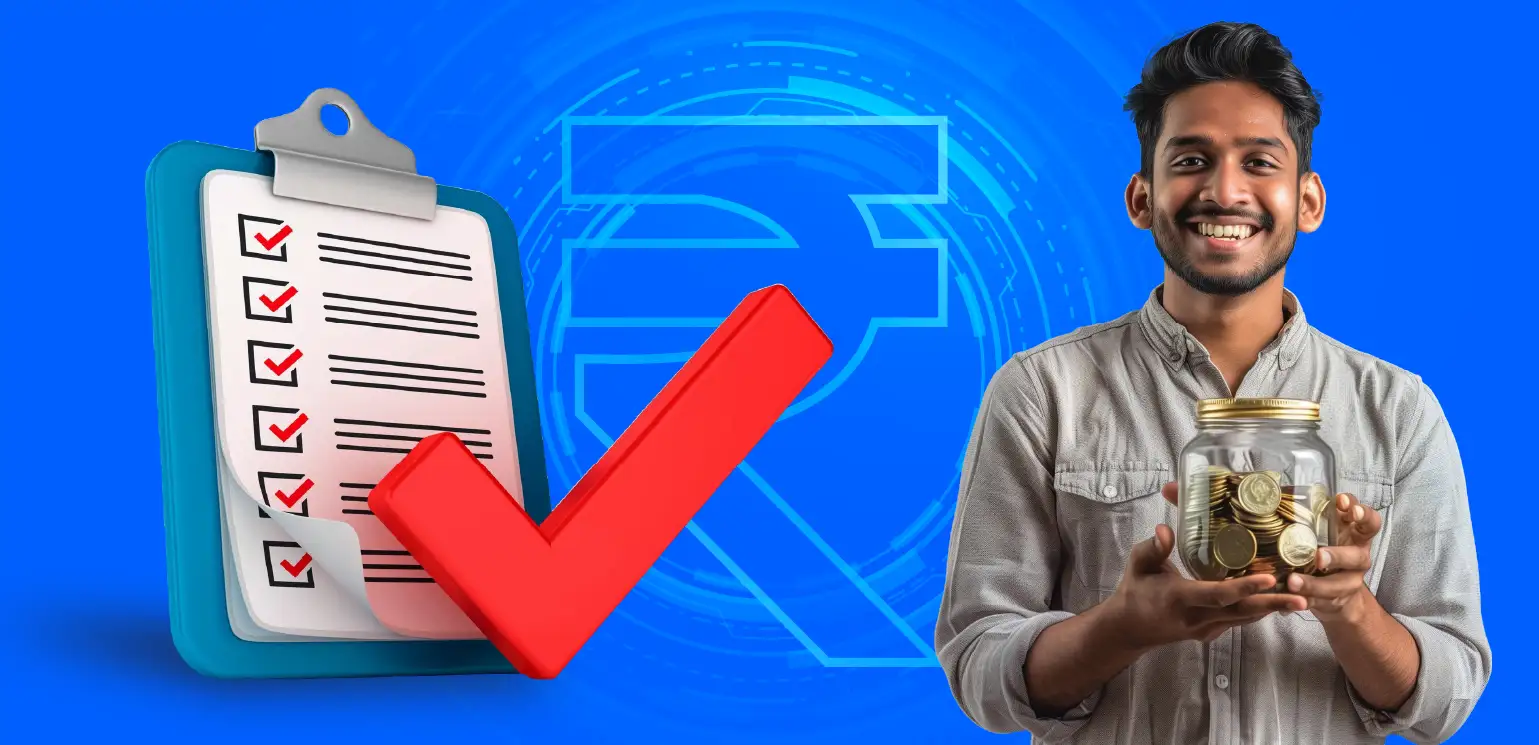Cookies Consent This website uses cookies and other tracking technologies to improve your browsing experience for the following purposes to enable basic functionality of the website, to provide a better experience on the website, to measure your interest in our products and services and to personalize marketing interactions
- Blog

Loans are the go-to solution for your immediate financial requirements. There is a growing trend in the recent years in loan disbursement. Whether it is for an important purchase or a sudden expense, taking out a loan has become a common way to get that extra cash. Both non-banking financial companies and traditional banks have made it easier than ever to get a loan by streamlining the borrowing process, making it efficient and accessible.
Taking out a loan is a significant financial decision that requires careful consideration. Whatever the type of loan that you are considering taking out, there are several crucial factors to evaluate before you sign on the dotted line. Here's a comprehensive checklist to help you make an informed borrowing decision.
Choosing the Right Lender
You’ll find that there are several non-banking financial companies and banks offering attractive loan terms. While these offers might sound tempting, it's worth doing your homework before making a decision. Here are some key considerations when choosing the lender:
- Verify that the lender is approved by the regulatory bodies.
- Check customer reviews to know more about the lender’s reputation
- Take the time to compare different lenders and what they're offering.
- Evaluate the processing time for your loan application.
Choosing a trustworthy lender helps avoid any unpleasant surprises.
Monthly EMI and Repayment Capacity
Before taking any loan, calculate the Equated Monthly Instalment (EMI) and assess if it fits comfortably within the monthly budget. Here are a few points that affect the monthly payments.
- When planning your EMIs, check how much you can set aside from your income without being stressed about other expenses. You will need to have enough for your daily expenses, some savings and unexpected expenses that come up.
- Consider loan tenure when calculating the EMI. It plays a significant role in the rate of interest - longer loan tenure may mean lower EMI but higher interest rate.
- The type of interest is another factor that affects monthly payments – floating rates lead to fluctuating EMIs since they change according to the market conditions, while fixed rates result in stable EMIs.
Remember to account for any existing loan commitments when evaluating your repayment capacity.
Interest Rate Structure and Total Cost
Understanding the loan's interest rate structure is necessary. It determines the total loan amount.
- Factors like loan tenure and processing fees affect the interest. Late payment charges, foreclosure and cancellation charges, and insurance premium can make a loan more expensive. Look beyond the base interest rate.
- Compare both flat and reducing balance rates offered.
- Calculate the total cost of borrowing over the entire loan tenure to make an informed decision.
- Pay special attention to whether the interest rate is fixed or floating, as this can significantly impact your future EMIs.
Loan-to-Value (LTV) Ratio
The loan-to-value (LTV) ratio shows how much money a person can get as a loan based on what their asset is worth. Think of LTV like this - If something costs ₹100, and the bank offers 80% LTV, they will give ₹80 as a loan. Simplifying this further, when buying a vehicle worth ₹10 lakhs with 80% LTV, you can get ₹8 lakhs as a loan amount
Getting a lower LTV is often better because the interest rate and monthly payments (EMIs) decrease, which means you save more money on interest even if you need to pay more money upfront.
Prepayment and Foreclosure Terms
Before committing to a loan, it’s important to understand the loan's prepayment and foreclosure conditions carefully.
- Check the penalty clause for early loan repayment or complete foreclosure, especially if you plan to repay the loan ahead of schedule. While some lenders charge prepayment or foreclosure penalty, others offer flexible prepayment options without penalties, thus reducing the overall interest burden.
- Check if the loan comes with a lock-in period, which means that the loan cannot be foreclosed or prepaid before a certain time.
Moratorium Period and Grace Period
Some lenders offer a moratorium period during which the borrower only needs to pay the interest. This can provide initial relief, but it extends the loan tenure and increases the total interest payable.
Balance Transfer Options and Conditions
Research the terms and conditions for balance transfer facilities. This option can help you switch to a lower interest rate in the future, potentially reducing your EMI burden. However, before opting for the balance transfer option, evaluate:
- transfer fees
- processing charges
- lock-in periods
Calculate whether the potential savings justify the transfer costs.
Managing loans successfully is all about making informed borrowing decisions. With reliable institutions like HDB Financial Services offering various loan options, borrowers can focus on what matters most - maintaining timely payments and working steadily toward their financial goals. By creating a loan checklist with the seven points above, it will be easy to create a solid foundation for your financial well-being.




























































